In the traditional sense of craft, I’m impaired. Take a brush out of my hands and I’m tripping over myself. But my artist circle includes many fine craftsmen, and I don’t see much difference between craft and painting.
“Crafting is… a form of manual thinking,” Ainsley Hawthorn wrote. “As we craft, we’re using our hands to problem-solve, to make decisions, and to express ourselves. In doing so, we’re able to access different sets of knowledge than when we’re simply mulling something over.”
Hawthorn is a self-described ‘cultural historian, sensory scholar, and author.’ Despite the fact that she makes art on menstrual pads I think she’s right about crafting and the brain. We bypass conscious thinking by means of motor learning and muscle memory. They use different parts of our brain than our conscious processes.
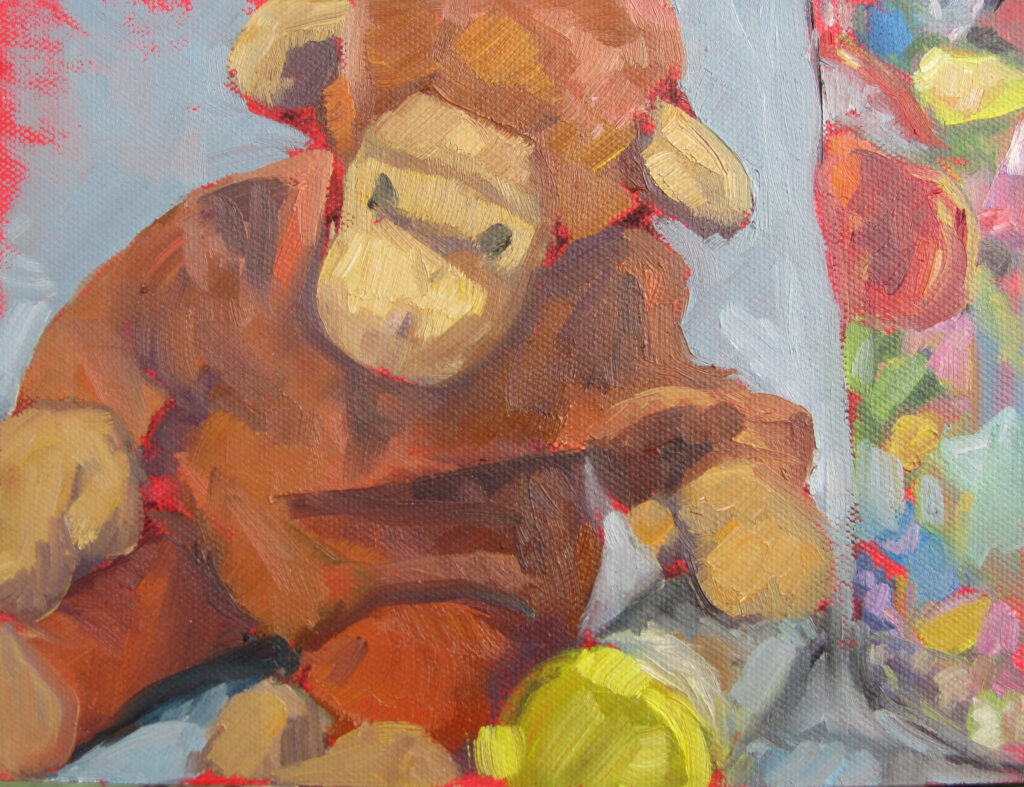
What is hands-on learning?
Kinesthetic learning enjoyed a brief vogue a few years ago. It’s defined as a learning style that functions best with physical activity, movement, and hands-on experiences. Essentially it means learning by doing rather than by passively absorbing information through watching or listening.
Sadly, there’s no data that supports the idea that kinesthetic learners do better when taught kinesthetically. Apparently, you can’t dance your way to understanding calculus. But I’d wager that we’re all hands-on learners; it’s baked into the human brain. This is the way we humans teach our offspring. Eventually, they manage to hit their mouths with their spoons and put their shoes on the right feet. But they’d never get there if we just lectured them instead of showing them and helping them.
That was also true for traditional jobs like cordwaining, carpentry and coopering, which is why so many professions developed along the apprentice-journeyman-master guild model and why so many skilled trades still use that system today. That’s also why the atelier model of teaching art creates such good artists and the university model creates such good theoreticians.
We’ve always had intellectuals (or abstract thinkers, if you prefer). Before the Enlightenment they confined themselves to philosophy, mathematics and other obscure disciplines. It’s only in the modern era that trades like engineering, medicine or law began to rest on a foundation of theoretical knowledge before hands-on experience.
Creativity is good for your brain
There is evidence that creative pursuits reduce symptoms of depression and anxiety and reduce the incidence of dementia.
“The flow state we enter when we’re completely immersed in a creative activity like crafting is intrinsically pleasurable and keeps us from ruminating over negative thoughts,” wrote Dr. Hawthorn. “Craft projects are often small-scale and attainable, giving crafters a sense of achievement as they complete each one. Because crafting has tangible results, crafters can literally watch their skills improve over time and gain confidence in themselves and their capabilities.”
We know play is crucial in early childhood. It lets children explore their environment, build cognitive skills, develop social interactions, regulate emotions, enhance creativity and practice problem-solving. So why do we stop playing as adults?
Working with your hands is so much fun
Earlier this year, my husband and I built a new gallery space. Since neither of us are mechanical engineers, it’s probably overengineered, but it’s unlikely to fall down and it’s neat. We had a terrific time calculating, cutting, and hammering.
I will never again try to make a glass ball ornament Christmas tree (one of my most spectacular failures) but I get that same creative buzz painting. Whether it’s gardening, cooking, needle-felting, pottery or painting, everyone should exercise their creativity.
Reserve your spot now for a workshop in 2025:
- Advanced Plein Air Painting, Rockport, ME, July 7-11, 2025.
- Sea and Sky at Acadia National Park, August 3-8, 2025.
- Find Your Authentic Voice in Plein Air, Berkshires, MA, August 11-15, 2025.
- Immersive In-Person Fall Workshop, Rockport, ME, October 6-10, 2025.
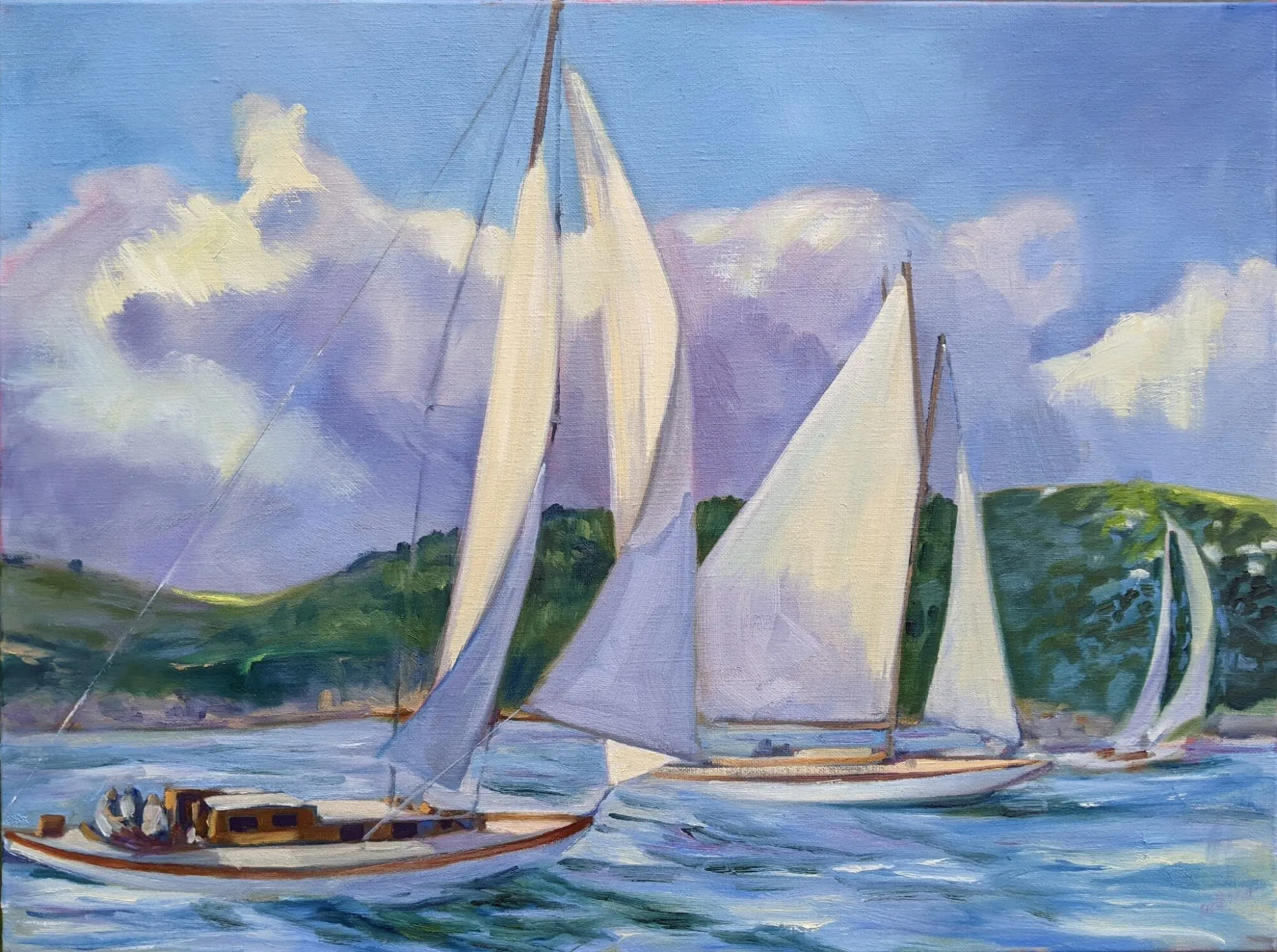
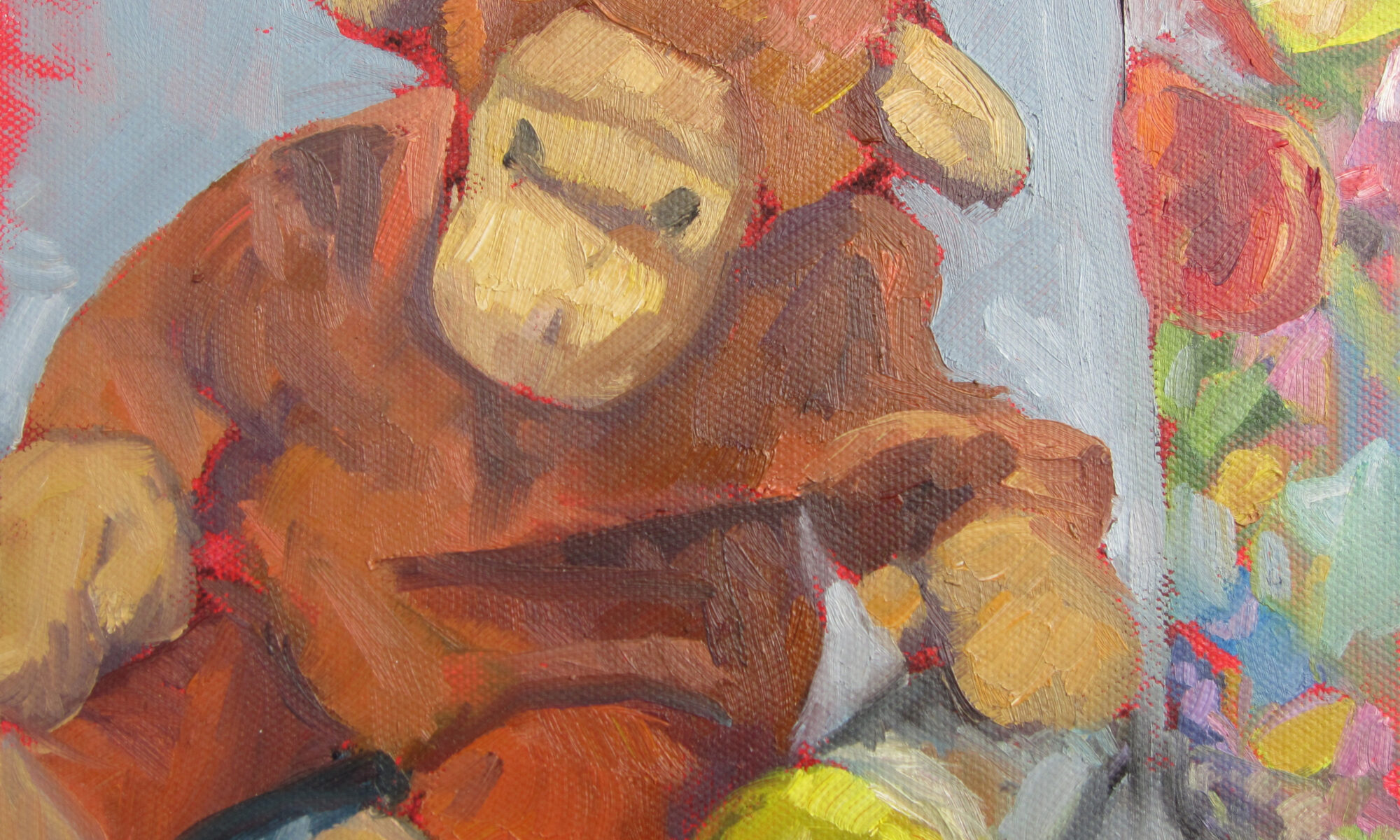
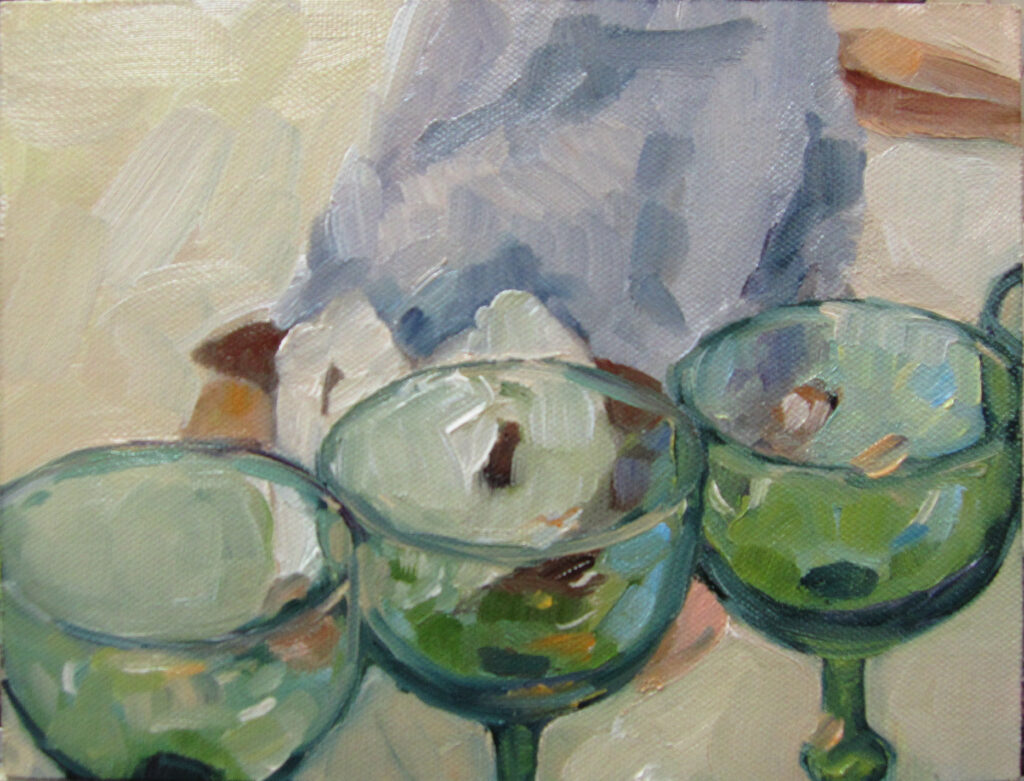
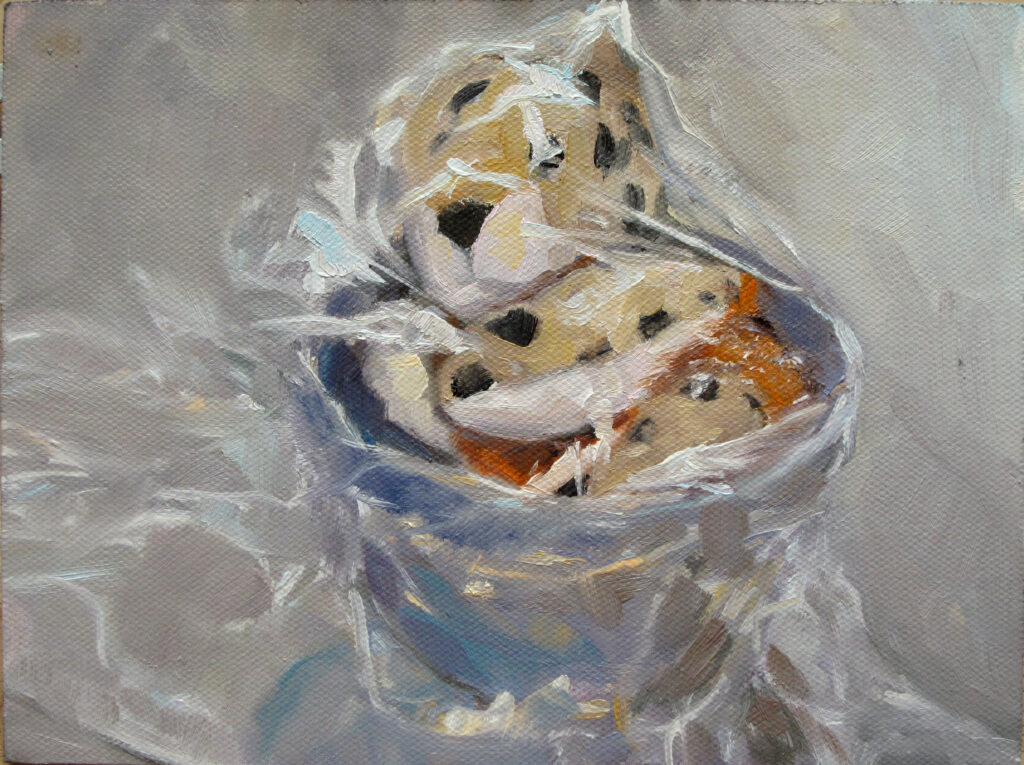
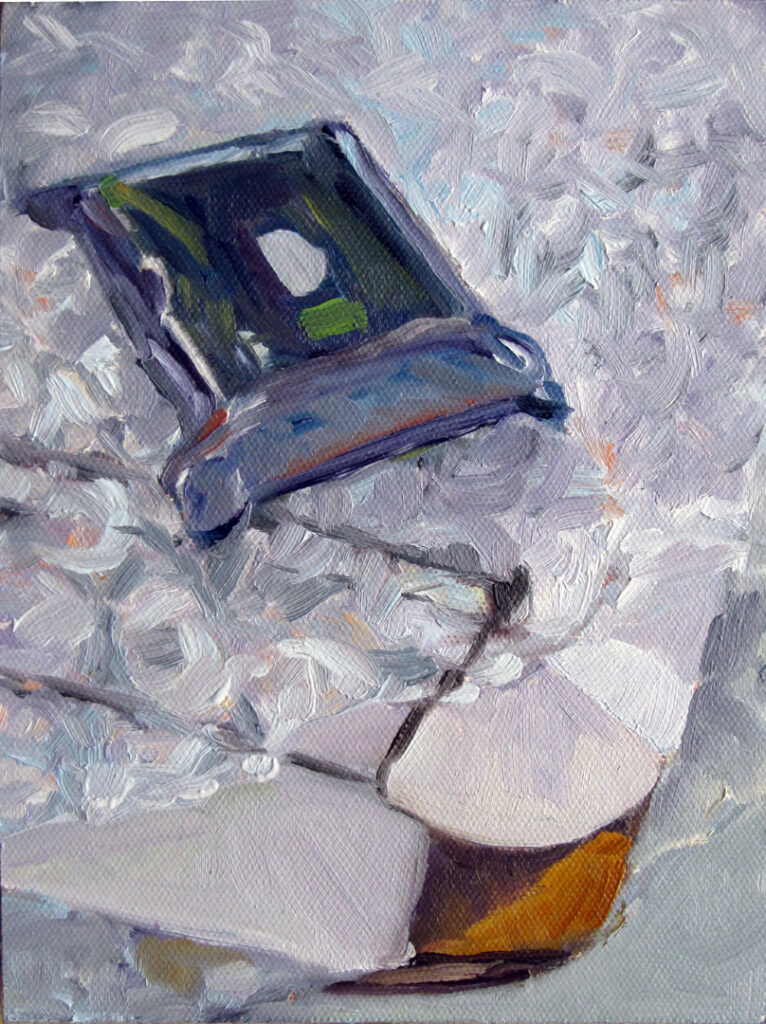
There’s plenty of research on kinesthetic (or tactile) learning, and even more that finds that the more avenues used to learn (e.g. visual + auditory + kinesthetic increases retention better than visual + auditory and so forth.) So you may not be able to dance yourself to a calculus degree, but taking notes on the reading and doing exercises by hand will probably help more than just reading alone. You can dance afterward to celebrate your good grades!
(p.s. and this, boys and girls, is also why we take workshops!)